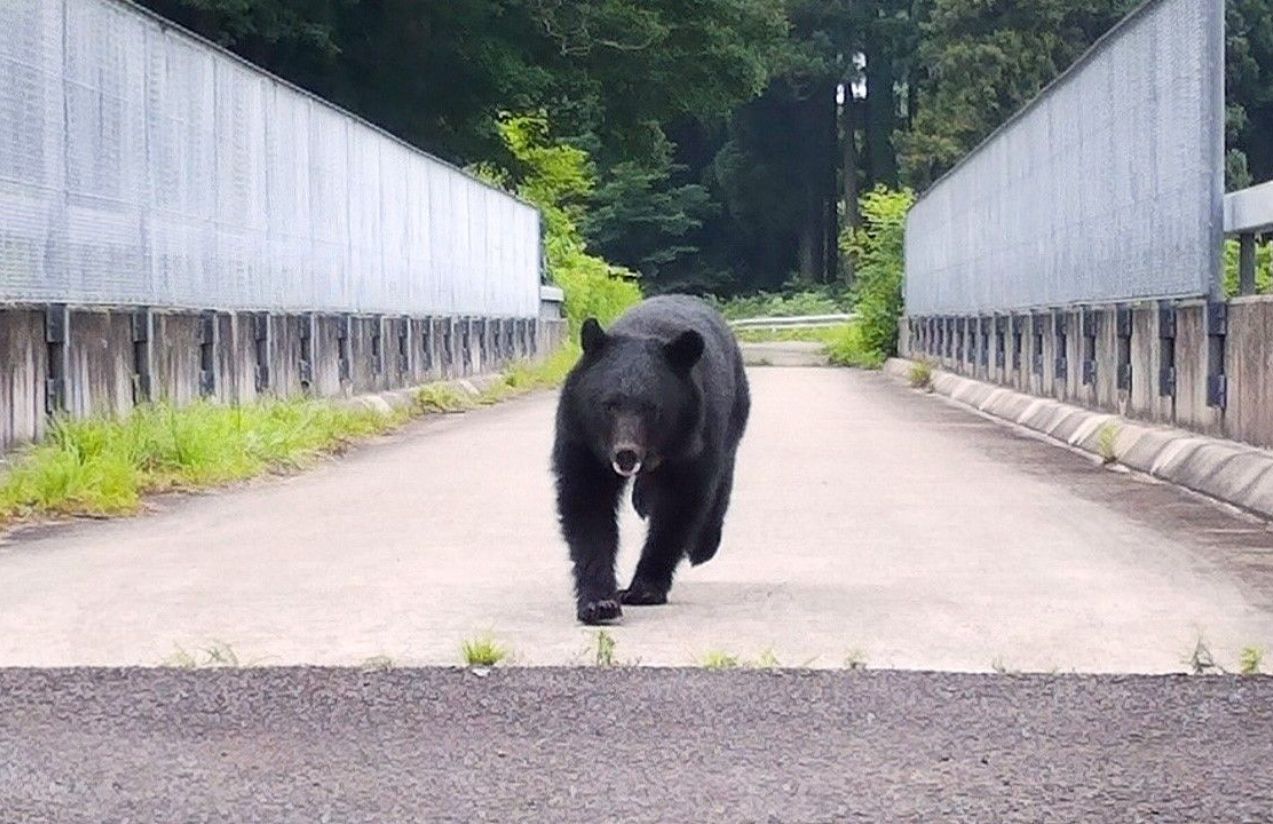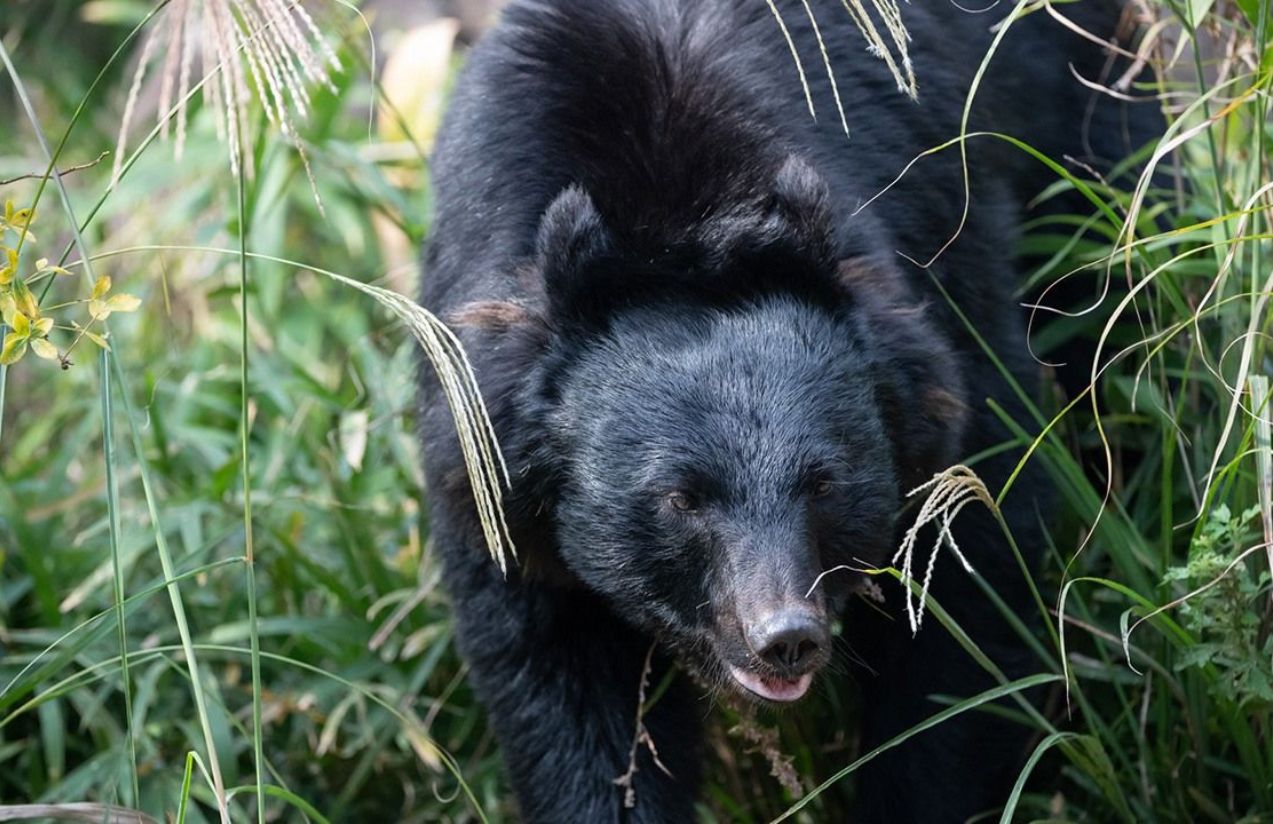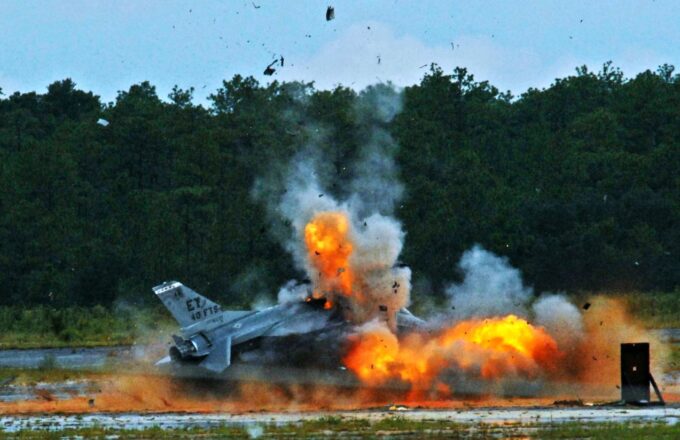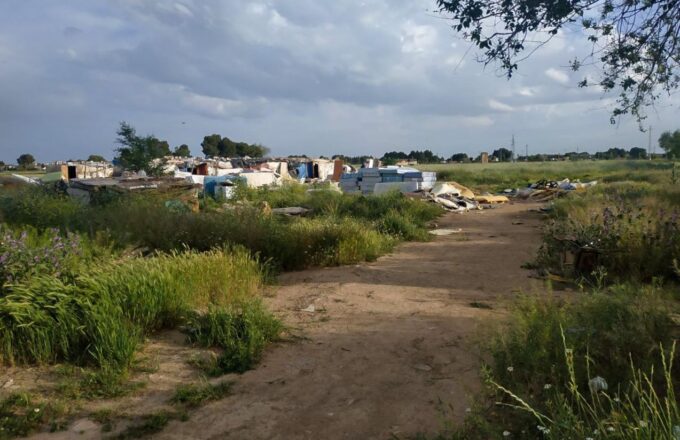So far this year, Japan has recorded a historic number of fatalities from wild bear attacks, triggering alarm across the Asian nation.
Recent figures reveal that in two new incidents, one person was killed, and four others were seriously injured. Prior to these cases, nine deaths had already been reported, far surpassing the previous record of six.

Experts point to several factors behind the increase in these unexpected attacks: climate change has altered bear behavior, driving them to search for food in areas populated by humans. Additionally, rural depopulation has left vast regions without surveillance, allowing the species to expand into more urbanized environments.
What might be failing in Japan’s prevention efforts against this growing problem?
One key issue lies in the lack of human and technological resources to patrol and control bear populations, particularly in regions where human numbers are rapidly declining. To reverse the trend, the Japanese government has pledged to strengthen the training of state hunters, increase wildlife monitoring, and support vulnerable communities.
The escalation of these attacks forces Japan to urgently rethink its coexistence strategy with wildlife, a challenge that now combines environmental, demographic, and public safety concerns.












